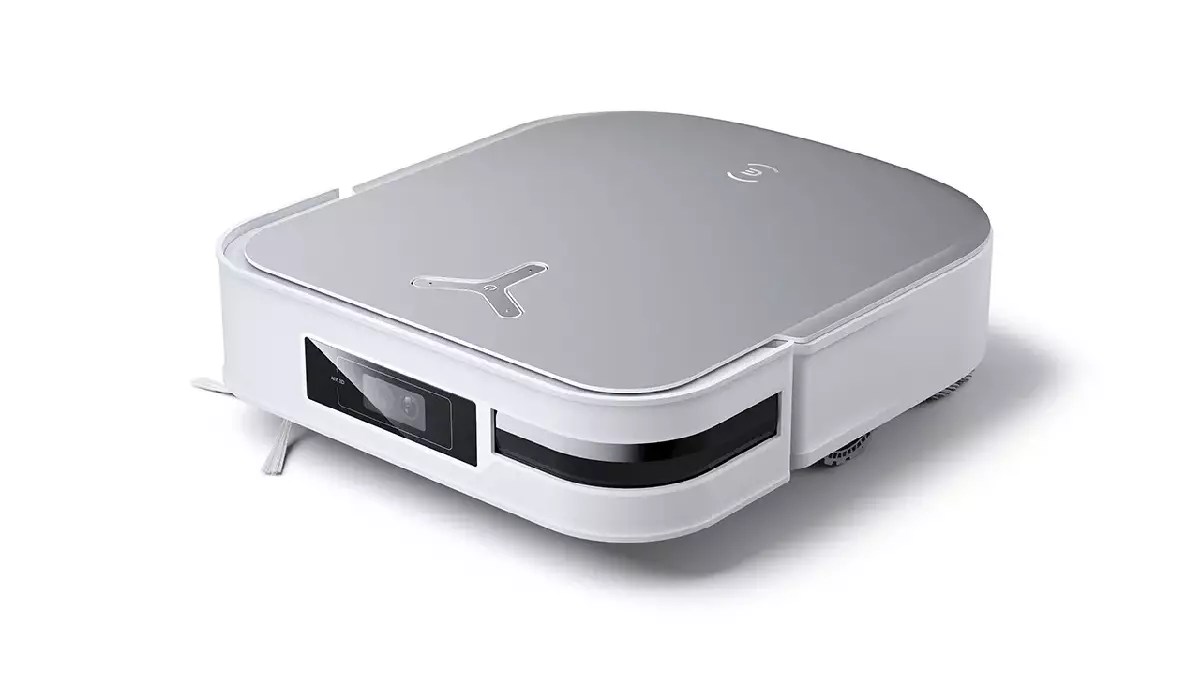Smart home technology has undoubtedly transformed our lives, making our everyday tasks more efficient and enjoyable. From intelligent thermostats that optimize our heating and cooling to smart lights that can be controlled from our smartphones, these devices offer unparalleled convenience. Among the most popular additions to modern households are robot vacuum cleaners. Designed to autonomously navigate and clean living spaces, these gadgets seem like a blessing, yet they may harbor significant security vulnerabilities that can turn them into potential threats.
Recent incidents involving the Ecovacs Deebot X2 robot vacuum cleaner have shed light on a disturbing reality: smart devices can be easily hacked. Take, for instance, the case of Daniel Swenson, a lawyer from Minnesota whose Deebot X2 began to spew offensive language and taunts indiscriminately. This bizarre event unfolded before his eyes and even persisted despite attempts to secure the device with a new password. Such occurrences raise questions about the safety and integrity of smart devices that many of us trust implicitly within our homes.
Furthermore, reports of similar incidents have emerged from various regions. Residents in El Paso reported their Ecovacs machines spewing racial slurs at odd hours, while a homeowner in Los Angeles had their pet terrorized by the erratic behavior of a hacked device. These unsettling revelations indicate a disturbing trend, where the promise of convenience comes at the cost of security and privacy.
Security researchers had been on the lookout for potential weaknesses in Ecovacs devices for several months before these accounts began surfacing. Alarmingly, the vulnerabilities were first reported late last year, yet many users remained unaware of these risks. The implications are concerning: not only does this negligence highlight a failure in effective communication from the manufacturer, but it also underscores a broader issue in the smart device industry concerning user awareness and security measures.
One significant vulnerability lies in the Bluetooth connectivity of these robots. In an investigation conducted by ABC News, reporters were able to connect to a Deebot X2 from a distance of over 100 meters and gain access to its camera and microphone using nothing more than a smartphone. This straightforward method underscores the risks posed by inadequate security protocols within everyday devices; if a layperson can exploit these vulnerabilities, how accessible is this technology to malicious actors?
Ecovacs has attempted to reassure users regarding the security of their devices, claiming that such vulnerabilities are “extremely rare” and that exploitations require specialized tools. However, this is an unsatisfactory response in light of the incidents reported. The very notion that users should not “worry excessively” feels dismissive when considering the emotional and psychological impacts on those affected by these breaches, particularly as families incorporate these devices into their homes.
Moreover, Swenson’s experience highlights a frustrating pattern for consumers dealing with tech companies. When he reached out to Ecovacs for assistance, he was met with vague explanations that faulted external cyberattacks instead of addressing the flawed security mechanisms of the device itself. This lack of transparency can erode user trust, leaving many to question not just the integrity of the products they utilize, but also the responsiveness of the companies behind them.
The unsettling stories surrounding hacked robovacs serve as a clarion call for manufacturers and consumers alike. Companies like Ecovacs must prioritize robust security measures and proactive communication with their users to rebuild trust and ensure safety. Implementing regular updates, conducting thorough security audits, and notifying users of potential vulnerabilities should be standard practices in the smart device industry.
As consumers, it is imperative to remain vigilant. Researching product security features and staying informed about potential risks can empower users to make informed decisions about which devices to bring into their homes. After all, convenience should never be prioritized over safety.
As we embrace the convenience of smart home technology, it is crucial to acknowledge and address the risk of security vulnerabilities. Awareness, education, and corporate responsibility will play vital roles in shaping a safer future for smart devices.


Leave a Reply